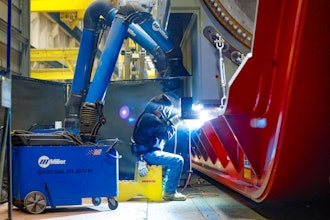The Connected Home
Connected homes, smart homes, and home automation are terms often used interchangeably about a wide range of solutions for controlling, monitoring and automating functions in the home. While opinions vary regarding the subtle differences between these terms, one thing is for certain — millions of homes in the US are becoming "connected" or "smart" with a rapid increase in the number of homeowners bringing connected devices into their homes. The concept of home automation isn’t new, but we are seeing a steady wave of adoption amongst homeowners mainly because it is no longer cost prohibitive. Partly, due to the advancements in interactive technologies and attractive pricing models, the smart home market is gradually gaining broader consumer awareness. This eBook will discuss: How the disruptive potential of connectivity is changing our lives Market trends shaping the smart home landscape Application areas in smart home automation



















